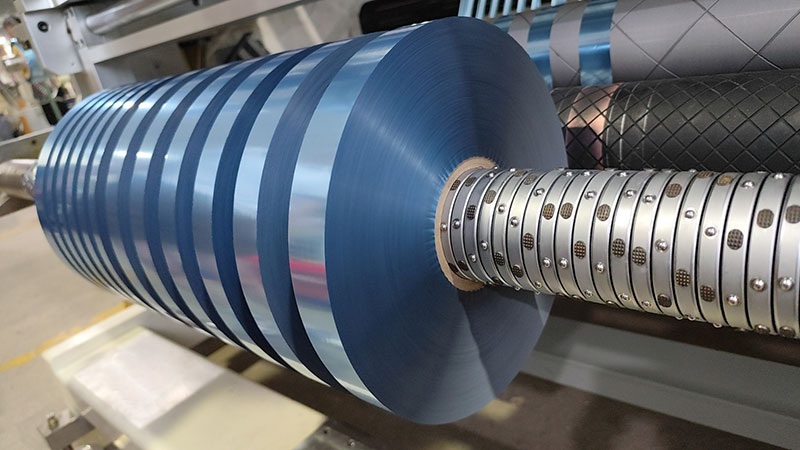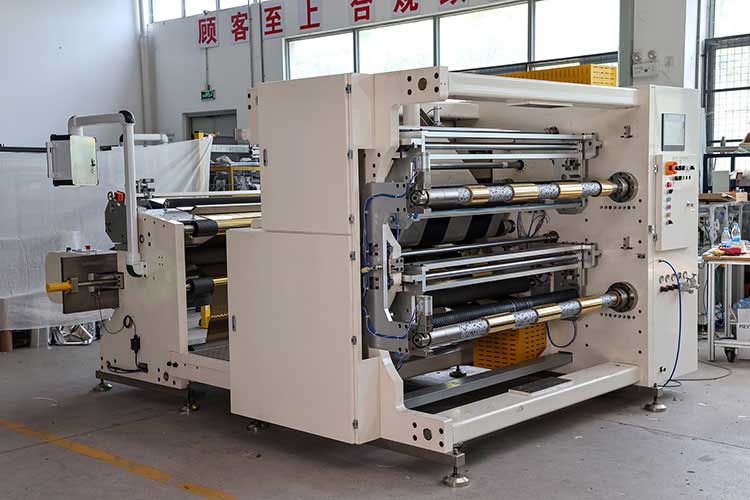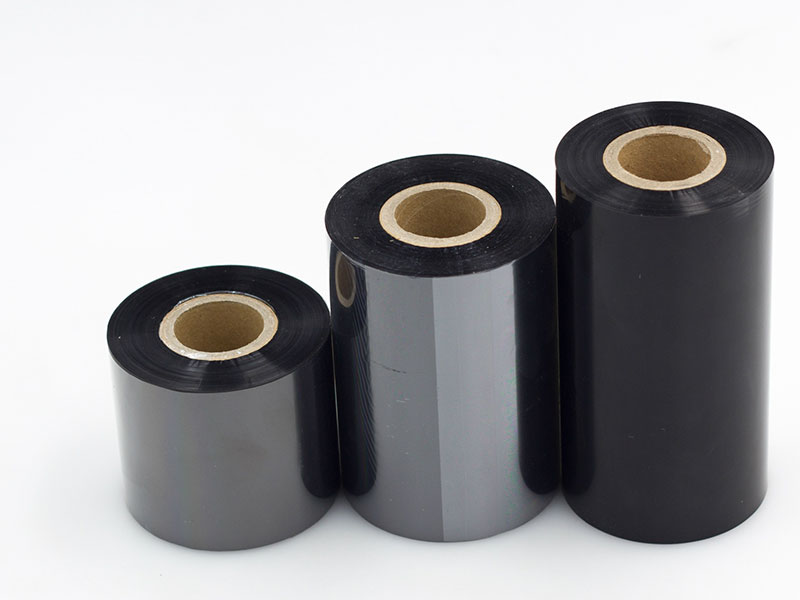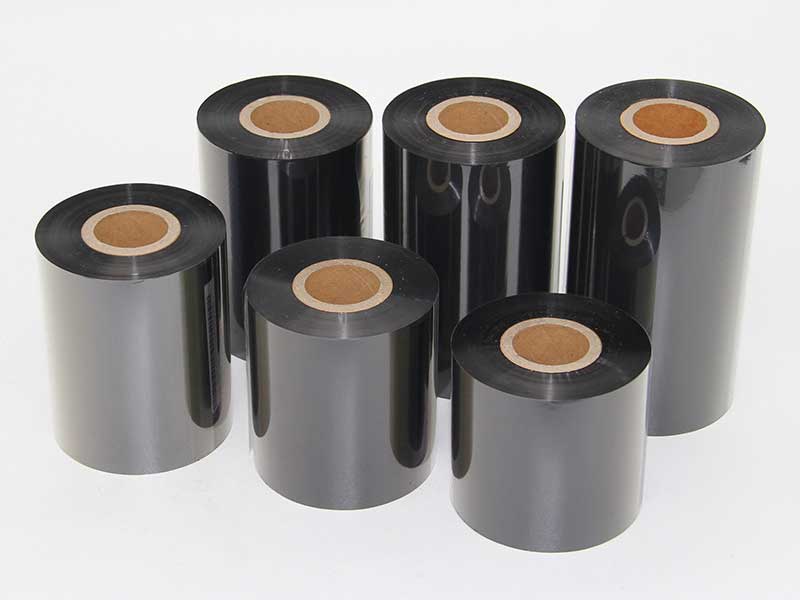Slitting machine is a key post-processing equipment in industrial production, mainly used to cut wide rolls (such as paper, film, metal foil, non-woven fabrics, etc.) into narrow strips or small rolls of specific width to meet the needs of downstream production or end use. Its core functions and benefits are as follows:
First, core functions
1. High-precision slitting
◦ Through CNC system or servo drive control, the precise slitting of material width (accuracy up to ±0.1mm or even higher) can be achieved to ensure product consistency.
◦ Suitable for industries with strict tolerance requirements (such as lithium battery separators, electronic films, etc.).
2. Multi-material adaptability
◦ Handles a wide range of materials: plastic films (BOPP, PET), paper, aluminum foils, composites, textiles, etc.
◦ Adaptation to different material characteristics by changing knives (round knives, razors, air knives, etc.).

3. Coil slitting and rewinding
◦ Cut large rolls into multiple rolls of small size rolls, and at the same time rewind into neat finished rolls, which are convenient for transportation or subsequent processing.
◦ Support a variety of winding methods (center winding, surface winding) and tension control.
4. Edge processing
◦ Automatically remove the raw edge or waste edge of the material to improve the aesthetics and performance of the finished product.
5. Automation integration
◦ It can be connected to the production line (such as coater and printing machine) to achieve continuous production and reduce manual intervention.
Second, the core advantages
1. Improve production efficiency
◦ High-speed slitting (up to 1000m/min or more) greatly shortens the processing time and is suitable for large-scale production.
◦ Reduce the time and error of traditional manual cutting.
2. Reduce material loss
◦ Maximize material utilization and reduce scrap by optimizing slitting schemes (e.g., CNC knife arrangement).
◦ It is particularly important for the economics of high-value materials (e.g. copper foils, optical films).

3. Ensure product quality
◦ The tension control system avoids tensile deformation or wrinkling of the material, and ensures that the slitting surface is smooth and burr-free.
◦ Reduce contamination during slitting (e.g., static elimination, dust removal design).
4. Flexibility and customization
◦ Parameters such as slitting width and roll diameter can be adjusted according to needs to quickly switch orders.
◦ Modular design supports functional expansion (e.g., in-line inspection, automatic labeling).
5. Energy saving and intelligence
◦ Modern slitting machine adopts energy-saving motor and intelligent control system to reduce energy consumption.
◦ Data collection and fault diagnosis functions to facilitate Industry 4.0 upgrade.

Third, typical application industries
• Packaging industry: slitting of plastic films, label materials.
• New energy: slitting of lithium battery pole pieces and separators.
• Electronic manufacturing: precision cutting of copper foil and insulating film.
• Textile/nonwovens: processing of hygienic materials, filter materials.
Fourth, the trend of technological development
• Intelligent: AI algorithm optimizes slitting path and predictive maintenance.
• High speed and high precision: the application of linear motor and magnetic levitation technology.
• Environmental protection: low-noise design, waste recycling system integration.
Through efficient and accurate processing capabilities, slitting machines have become key equipment to enhance the flexibility and competitiveness of the industrial chain, especially in the field of fine manufacturing.

it uses precise cutting to cut out a more economical, more efficient and more environmentally friendly development path for enterprises.
29. December, 2025
Modern high-quality ribbon slitting machine combines automation, intelligence and high precision:
29. December, 2025
Through precise local upgrading, process optimization and intelligent transformation, small and medium-sized enterprises can achieve a great leap in production efficiency with limited resources.
29. December, 2025
This seemingly simple piece of equipment is quietly changing the production efficiency standards of the entire industry.
27. December, 2025
A hot stamping foil slitting machine that can truly carry the trust of users must be the culmination of the following characteristics.
27. December, 2025